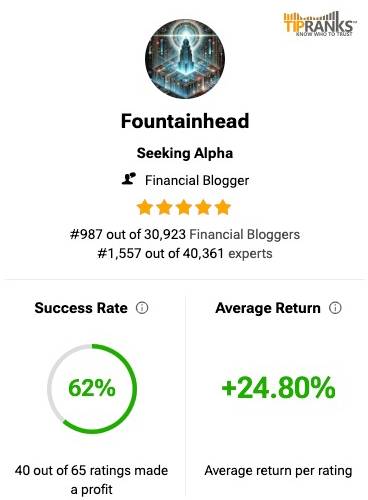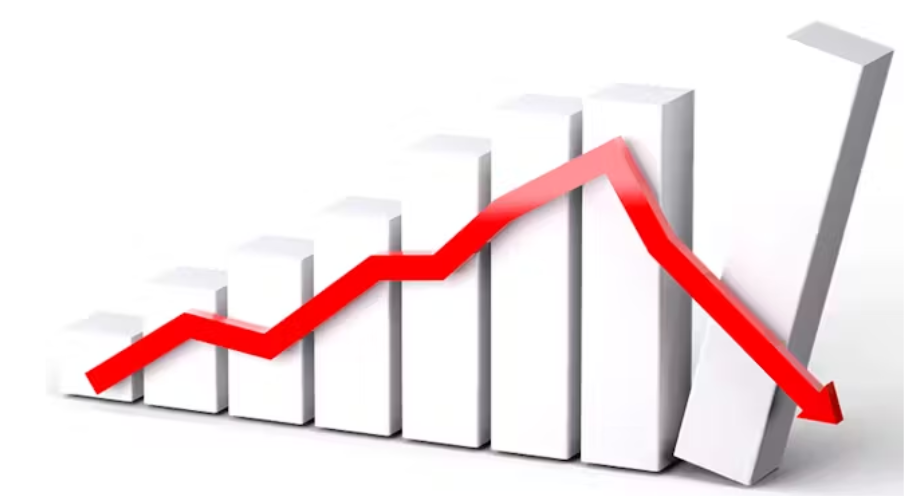Market Outlook – Consumer Confidence
Consumer confidence slumps more than consensus in February, with the index coming in at 98.3 vs. 103.0 consensus and 105.3 in January (revised from 104.1), according to data released by The Conference Board this morning,
The drop was severe, and the most since August 2021 on concerns about the outlook for the broader economy – uncertainty over the Trump administration’s policies weighing on households.
I had posted on Friday, stating that a plethora of weaker economic indicators was likely to lead to a drop in the market and this one added to the market’s woes, which at writing was down about 1% to 5,940 – some 3% lower than its high of 6,147.
The Conference Board’s gauge of confidence decreased by 7 points in February to 98.3, the third straight decline.
The expectations index ( 6 months) sank 9.3 points to 72.9, the most in three-and-a-half years, while a gauge of present conditions declined more modestly 3.4 points to 136.5
Recession woes and worsening outlook: The drop in confidence was broad across age groups and incomes, with consumers more pessimistic about current and future labor-market conditions, as well as the outlook for incomes and business conditions. The DOGE cuts are not helping confidence for sure.
The consumer board report, didn’t mince words about the severity of the decline.
“In February, consumer confidence registered the largest monthly decline since August 2021,” said Stephanie Guichard, Senior Economist, Global Indicators at The Conference Board. “This is the third consecutive month on month decline, bringing the Index to the bottom of the range that has prevailed since 2022. Of the five components of the Index, only consumers’ assessment of present business conditions improved, albeit slightly. Views of current labor market conditions weakened. Consumers became pessimistic about future business conditions and less optimistic about future income. Pessimism about future employment prospects worsened and reached a ten-month high.”
The dreaded R-word, which had been buried under the AI boom resurfaced, – the share of respondents expecting a recession in the next year rose to a nine-month high.
Tuesday’s report reinforces other surveys that I had cited, showing a doubtful and hesitant populace, waning after an initial surge of animal spirits post-election. Tariffs and higher prices dominate the conversation, as they did in the Michigan sentiment survey, as inflation pressures pick up again and the labor market suddenly looks shaky. One would wonder if the DOGE leadership thought through their actions and the effects on the economy with all the government layoffs. Clearly, the mood seems to have soured.
I continue to be extremely cautious, and will only buy exceptional bargains, I believe the S&P 500 could correct to 5,780 – the pre-election level, after which I would re assess the market before entering again.





